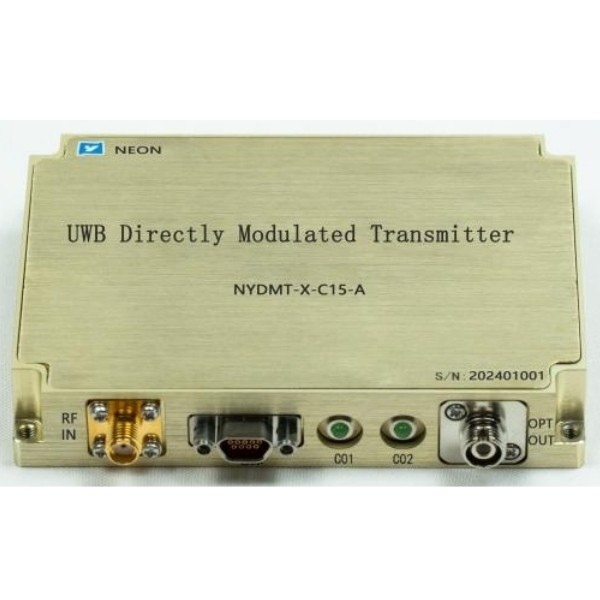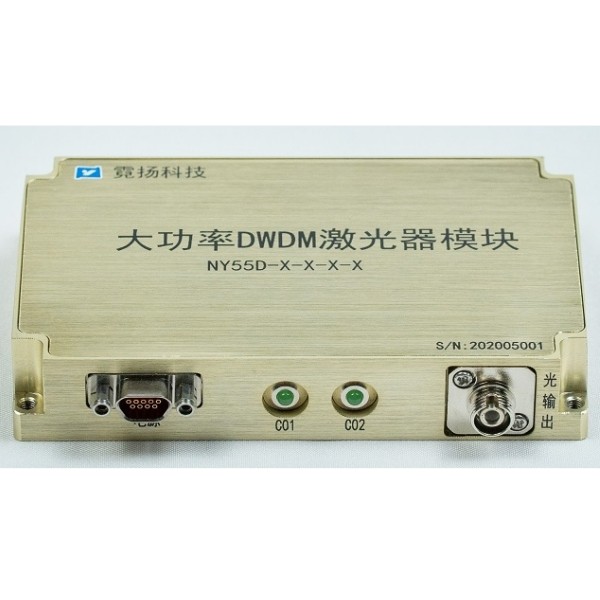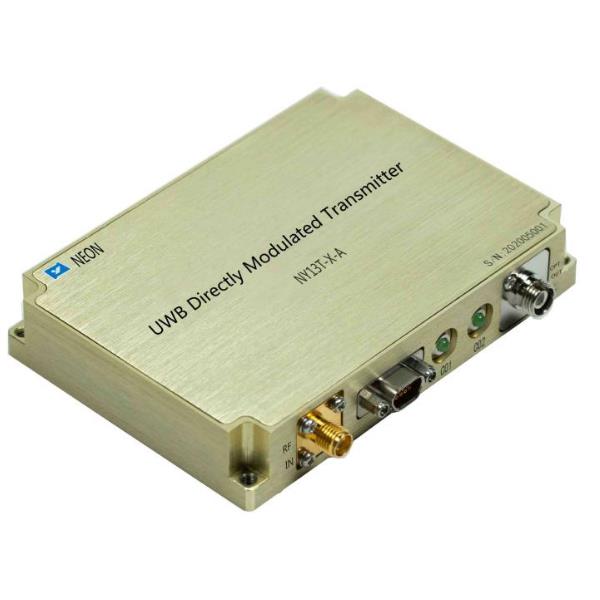The Role of UWB Directly Modulated Transmitters in Modern Wireless Systems
Ultra-wideband (UWB) technology has emerged as a revolutionary approach in wireless communication, offering high data rates, precise location tracking, and low power consumption. At the heart of this technology lies the UWB directly modulated transmitter, a key component that enables the efficient generation and transmission of UWB signals. Unlike traditional modulation techniques, direct modulation simplifies the transmitter architecture by directly modulating the baseband signal onto the carrier wave, eliminating the need for intermediate frequency stages. This article explores the principles, advantages, and applications of UWB directly modulated transmitters, with a focus on their role in real-time location systems, wireless communication, and industrial automation.
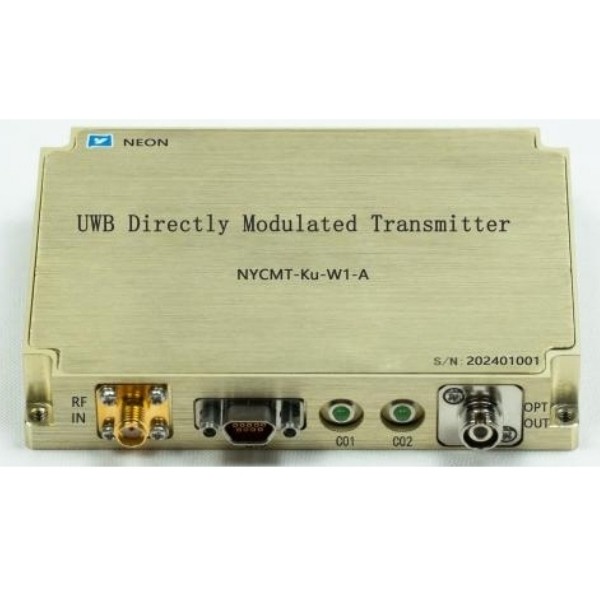
What is a UWB Directly Modulated Transmitter?
A UWB directly modulated transmitter refers to a system where the modulation of the transmission signal is directly controlled by the current or voltage applied to the laser or transmitter device. Typically, this is achieved using a directly modulated Distributed Feedback (DFB) laser. In a directly modulated DFB laser, the intensity of the light output is directly modulated by varying the injection current. This technique stands in contrast to other modulation techniques, such as external modulation, where the signal modulation is performed outside the transmitter.
How Does It Differ from Other Modulation Techniques?
The key difference between directly modulated transmitters and other modulation techniques lies in how the modulation is implemented. In external modulation, an external modulator, such as an Electro-Optic Modulator (EOM), is used to modulate the optical signal. This offers higher efficiency and better signal quality but introduces additional complexity and cost. Conversely, direct modulation offers a simpler and more cost-effective approach, where the modulation occurs directly at the transmitter, making it a popular choice for UWB applications where low power consumption and compactness are crucial.
What Are the Advantages and Disadvantages of Direct Modulation in UWB?
The advantages of direct modulation in UWB systems include:
- Cost-Effectiveness: Direct modulation eliminates the need for additional external modulators, reducing the overall system cost.
- Simplicity: The direct modulation process is simpler, which leads to smaller and less complex transmitters.
- Low Power Consumption: Direct modulation can be more power-efficient compared to external modulation techniques, making it ideal for battery-powered devices.
- Compactness: Since no external modulation components are needed, the overall size of the transmitter is smaller, which is essential for integration into compact devices.
However, direct modulation does have some drawbacks:
- Signal Quality: The direct modulation process can introduce nonlinearities, leading to potential signal distortions, especially at higher modulation frequencies.
- Limited Modulation Bandwidth: Directly modulated systems may be limited in terms of the frequency range they can handle efficiently compared to externally modulated systems.
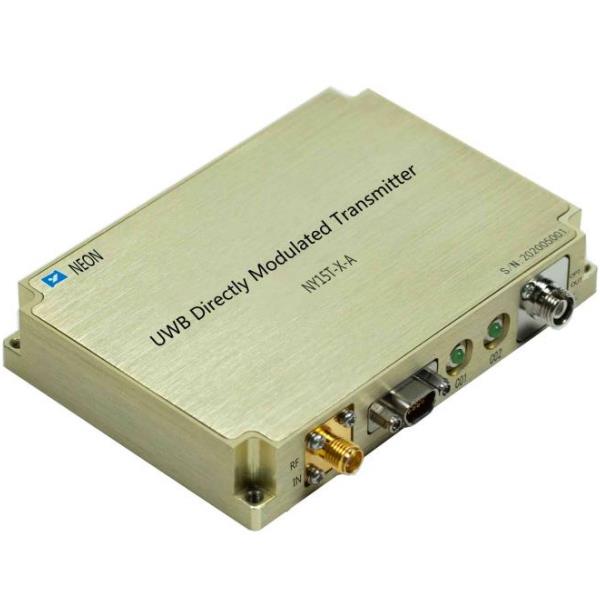
Applications of UWB Directly Modulated Transmitter
UWB technology has a broad range of applications, and directly modulated UWB transmitters have particular advantages in certain fields, including real-time location systems (RTLS), wireless communication, and industrial automation.
1. Real-Time Location Systems (RTLS)
UWB transmitters are increasingly used in RTLS for highly precise location tracking. In an RTLS, UWB transmitters are deployed throughout an area to provide real-time location data for objects or people within that space. The high temporal resolution and wide bandwidth of UWB signals allow for accurate distance measurements by calculating the time of flight of the signal, even in complex environments.
How Do UWB Transmitters Enable Precise Location Tracking?
UWB directly modulated transmitters are widely used in Real-Time Location Systems (RTLS) due to their ability to provide centimeter-level accuracy. UWB signals have extremely short pulse durations, allowing for precise time-of-flight (ToF) measurements. By calculating the time it takes for a signal to travel between a transmitter and a receiver, RTLS can determine the exact position of an object or person.
What Are the Benefits of UWB Over Other RTLS Technologies?
Compared to other RTLS technologies such as Wi-Fi, Bluetooth, and RFID, UWB offers several key advantages:
- Superior Accuracy: UWB can achieve location precision within a few centimeters, far surpassing the accuracy of Wi-Fi and Bluetooth-based positioning systems.
- Resistance to Multipath Interference: Unlike other technologies, UWB signals are less affected by reflections from walls and objects, ensuring more reliable and accurate positioning in indoor environments.
- High Precision in Complex Environments: UWB maintains accuracy even in environments with obstacles, making it ideal for applications in warehouses, hospitals, and industrial settings.
- Low Power Consumption: UWB transmitters consume less power compared to Wi-Fi-based RTLS solutions, making them more suitable for battery-operated tracking devices.
- Scalability and Flexibility: UWB technology can be efficiently scaled to cover large areas while maintaining high accuracy, supporting diverse applications from asset tracking to real-time personnel monitoring.

2. Wireless Communication
UWB technology has also shown promise in wireless communication, particularly in high-speed data transfer. UWB transmitters, using directly modulated DFB lasers, can operate at high frequencies, making them suitable for high-data-rate communication applications.
How Can UWB Be Used for High-Speed Data Transfer?
The large bandwidth of UWB signals allows for the transmission of large amounts of data over short distances at very high speeds. By using multiple frequency bands, UWB can transmit data in parallel, leading to high-throughput communication systems.
What Are the Potential Applications in Wireless Personal Area Networks (WPANs)?
UWB technology is highly suitable for WPANs, especially in scenarios that require short-range, high-speed communication. Some key applications include:
- Wireless Multimedia Streaming: UWB enables seamless, high-quality streaming of audio and video content without significant latency.
- High-Definition Video Transmission: With its high data transfer rates, UWB supports real-time transmission of 4K and 8K video, making it ideal for wireless displays and home entertainment systems.
- Real-Time Data Exchange Between Smart Devices: UWB facilitates ultra-fast file transfers and synchronization between smartphones, tablets, and other smart devices.
- Enhanced Connectivity for IoT Devices: UWB enables efficient communication between smart home and industrial IoT devices, improving automation and control.
- Battery-Powered Consumer Electronics: Due to its low power consumption, UWB is well-suited for wearables, smart tags, and other compact, battery-operated devices.
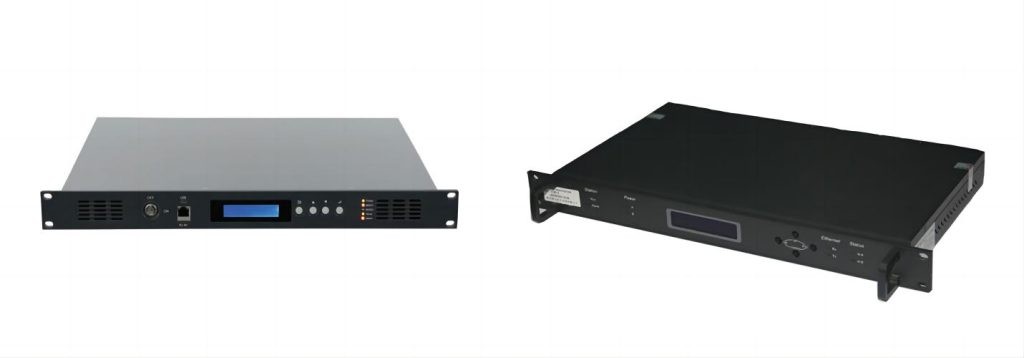
3. Industrial Automation
UWB directly modulated transmitters have also found their way into the industrial automation sector, especially in applications involving robotics, manufacturing, and industrial IoT (Internet of Things).
How Is UWB Used in Robotics, Manufacturing, and Other Industrial Settings?
In these settings, UWB transmitters are used to enable precise location tracking for robots and automated systems. For example, UWB can be used for real-time positioning systems (RTLS) in warehouses to track inventory and ensure efficient navigation of automated guided vehicles (AGVs). The precision of UWB systems allows robots to navigate factory floors accurately without colliding with obstacles or other devices.
What Are the Advantages of UWB for Industrial Communication and Control?
UWB technology provides significant advantages for industrial communication and automation, particularly in environments with high interference and complex layouts. Key benefits include:
- High Accuracy: UWB enables precise tracking and positioning of industrial equipment, robots, and personnel, ensuring optimized workflow and safety.
- Low Latency: Real-time data transmission allows for instantaneous control and communication, making UWB ideal for time-sensitive industrial operations.
- Resilience to Interference: Unlike traditional wireless technologies, UWB is highly resistant to interference from metal structures, machinery, and electromagnetic noise, ensuring uninterrupted communication.
- Reliable Data Exchange: UWB maintains stable and secure connections in harsh industrial environments, minimizing data loss and enhancing process efficiency.
- Enhanced Safety and Operational Efficiency: By providing accurate location tracking and real-time monitoring, UWB reduces the risk of accidents, improves workflow automation, and prevents operational disruptions.
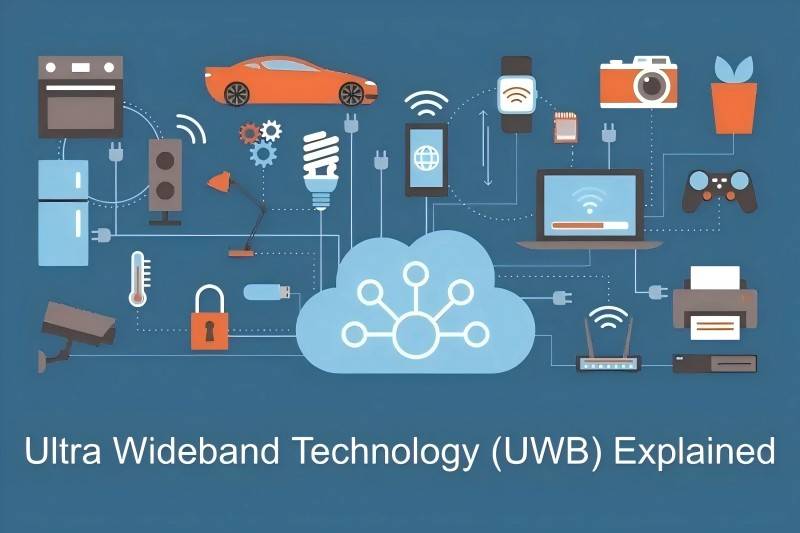
Final Thoughts
The UWB directly modulated transmitter, especially when paired with a DFB laser, is proving to be an important component in the development of modern communication and tracking systems. Its simplicity, cost-effectiveness, and ability to offer high-speed, high-accuracy performance in a variety of applications make it an attractive choice for industries ranging from location-based services to industrial automation.
While the direct modulation approach may have some limitations, such as signal distortion and bandwidth constraints, the benefits in terms of reduced system complexity and lower power consumption make it a preferred solution in many scenarios. As UWB technology continues to evolve and expand, it is likely that new advancements in modulation techniques will further enhance the capabilities of directly modulated transmitters, paving the way for even more innovative applications in the future.


